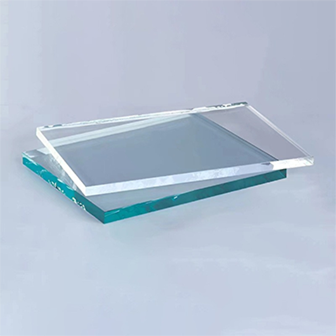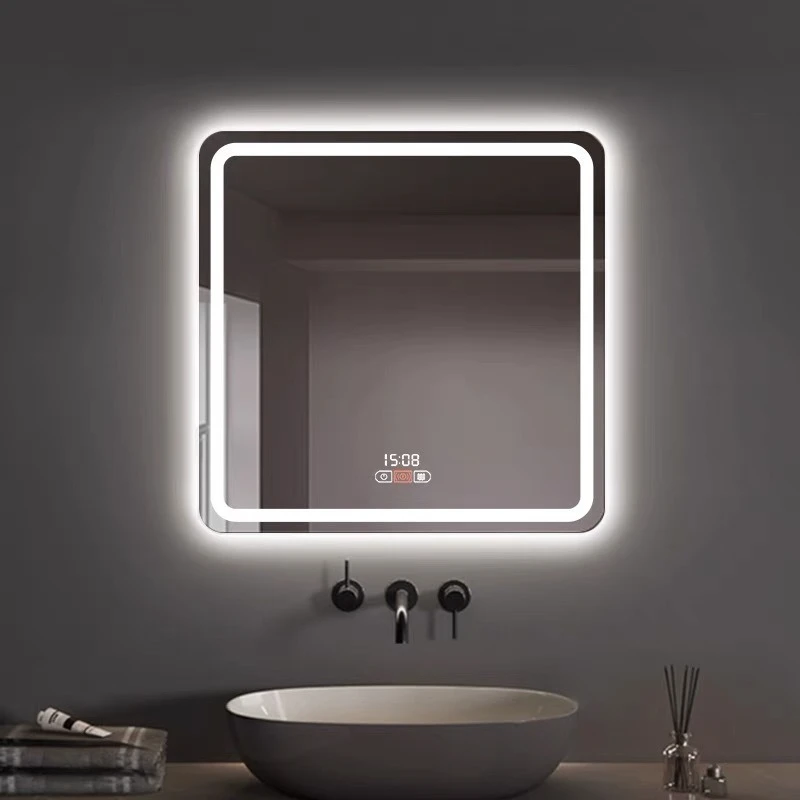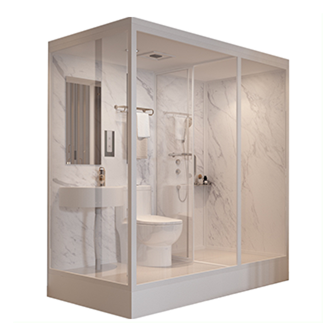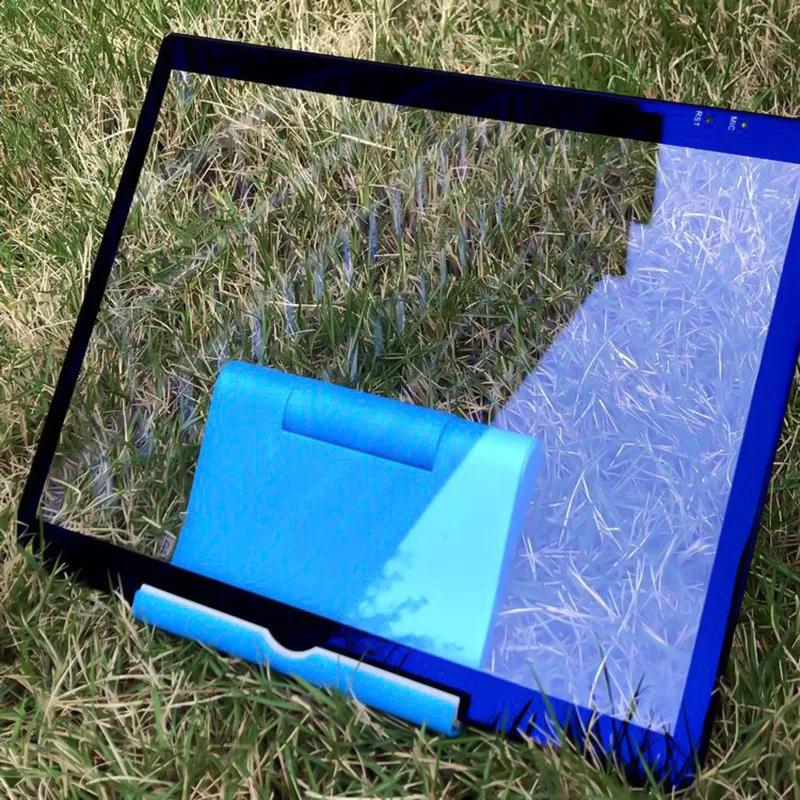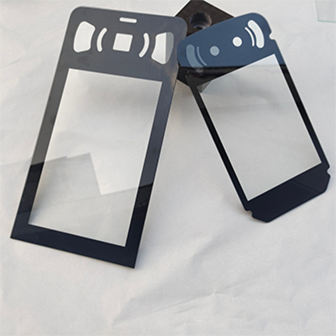Sep . 09, 2025 10:23 Back to list
Heat Treatment Strengthens Tempered Glass
Understanding the Key Processes and Benefits of Tempered and Toughened Glass,Tempered glass, also known as toughened glass, is a high-strength safety glass widely used in construction, automotive, and electronics. Through controlled heat treatment, tempered glass becomes significantly stronger than ordinary glass while offering enhanced breakage safety. This article explores the science behind its strength, manufacturing techniques, key advantages, and applications—helping buyers understand why custom tempered glass is the ideal choice for demanding environments.The process of tempering glass involves heating it to around 650°C and then rapidly cooling it. This rapid temperature change creates compressive stresses on the glass surface and tensile stresses in the core. This stress distribution makes tempered glass up to five times stronger than annealed glass and significantly resistant to impact. If the glass does break, it shatters into small, relatively harmless granular chunks instead of sharp shards, minimizing the risk of serious injury.
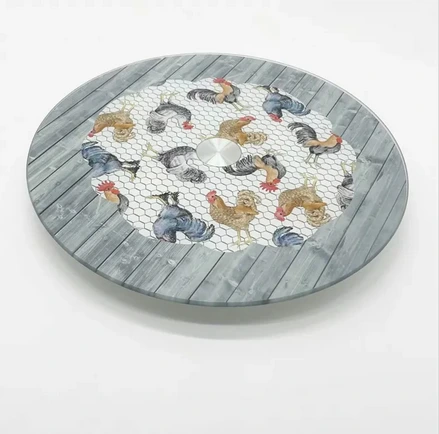
What Is Tempered Glass? -h2
Tempered glass (or toughened glass) is produced through a thermal process that increases its durability and safety. Unlike standard glass, which breaks into sharp, dangerous shards, tempered glass fractures into small, granular pieces, minimizing injury risks.
- Manufacturing Process: The glass is heated to around 620°C and then rapidly cooled with high-pressure air, creating surface compression and internal tension.
- Strength Comparison: Tempered glassis 4-5 times stronger than untreated glass, making it ideal for high-impact applications.
- Customization Options:Custom tempered glass can be shaped, drilled, or etched before tempering to meet specific design requirements.
How Heat Treatment Enhances the Strength of Tempered Glass
The tempering process transforms ordinary glass into toughened laminated glass, significantly improving its structural integrity.
- Thermal Tempering: The glass undergoes extreme heating followed by rapid cooling (quenching), locking in compressive stresses on the surface.
- Stress Distribution: The outer layer remains under compression while the inner core is in tension, preventing crack propagation.
- Impact Resistance: This balance allows tempered glassto withstand heavy blows, thermal shocks, and mechanical stress far better than untreated glass.
Advantages of Tempered Glass
Buy tempered glass for its superior safety, durability, and versatility across multiple industries.
- Safety: Breaks into small, blunt granules instead of sharp shards, reducing injury risks.
- Thermal Stability: Resists extreme temperature changes, making it ideal for oven doors and fireplace screens.
- Scratch Resistance: The hardened surface resists scratches, maintaining clarity and aesthetics.
- Customization:Custom tempered glass can be tailored in thickness, shape, and finish before tempering.
Applications of Toughened Glass -h2
From skyscrapers to smartphones, toughened laminated glass is essential in modern engineering and design.
- Architecture: Used in facades, balconies, and staircases for safety and durability.
- Automotive: Side andrear windows utilize tempered glass for passenger protection.
- Electronics: Smartphone screens and tablets rely on custom tempered glassfor scratch resistance.
- Home Appliances: Oven doors, shower enclosures, and furniture incorporate toughened glassfor longevity.
FAQs About Tempered Glass
How is tempered glass different from regular glass?
Tempered glass undergoes heat treatment, making it stronger and safer. When broken, it forms small, blunt pieces instead of sharp shards.This process involves rapidly heating and then rapidly cooling the glass, which creates compressive stress on the surface and tensile stress in the interior. This stress distribution significantly enhances its strength and resistance to impact.
Can tempered glass be cut after tempering?
No, toughened glass cannot be cut or drilled post-treatment. Modifications must be made before tempering.Once tempered, the glass undergoes a permanent transformation in its structural properties, making any alterations impossible without compromising its integrity. Therefore, it's crucial to specify the exact dimensions and any necessary cutouts or modifications prior to the tempering process.
Is tempered glass scratch-resistant?
While more scratch-resistant than standard glass, tempered glass can still scratch under extreme conditions.Factors such as exposure to abrasive materials or sharp objects can lead to surface imperfections. However, its enhanced durability compared to regular glass makes it a preferred choice for applications where scratch resistance is important, albeit not absolutely guaranteed.
Where can I buy tempered glass?
ShottGlass provides high-quality custom tempered glass solutions for global OEM/ODM customers, ensuring precision and durability.In addition, many hardware stores, home improvement centers, and online marketplaces offer a wide variety of tempered glass products for different purposes.
What industries use toughened glass?
Construction, automotive, electronics, and home appliances widely use toughened glass for its safety and strength.
ShottGlass specializes in tempered glass manufacturing, equipped with advanced machinery like a 45m-long tempering furnace, CNC work centers, and laminating lines. Our custom tempered glass solutions cater to diverse industrial needs, ensuring top-tier quality and performance.Wholesalers and distributors are welcome to partner with us! Contact ShottGlass today to buy tempered glass that meets the highest safety and durability standards.
-
Types of Reflective Glass
NewsNov.17,2025
-
What Is Dichroic Glass?
NewsNov.17,2025
-
Smart LED mirrors can have touch controls
NewsNov.17,2025
-
Laminated glass improves energy efficiency
NewsNov.17,2025
-
Insulated glass enhances building comfort
NewsNov.17,2025
-
Acid etched glass offers elegant privacy
NewsNov.17,2025
Related PRODUCTS


